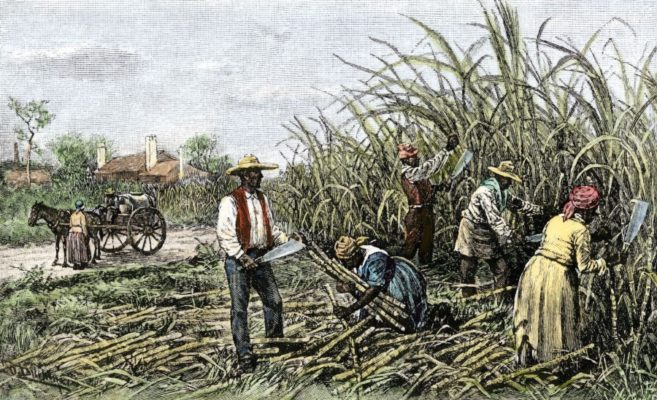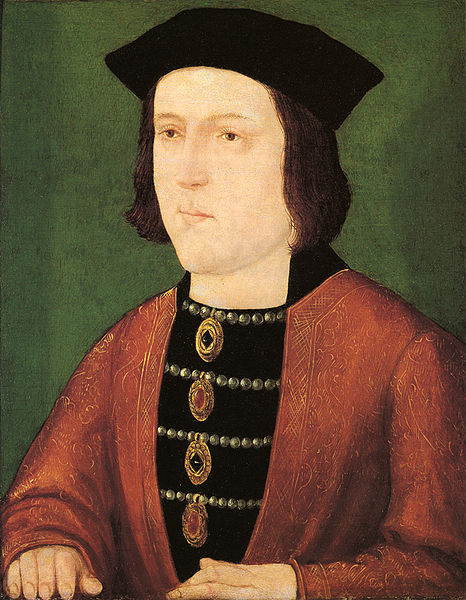The Act 11 of Henry IIV (English law) stated that any persons, whosoever he or they be, serve the King in time of war within or without the land shall not be convicted of any crime or forfeit life or possession. Further, no act or law codified afterwards would be utterly void against these persons.



